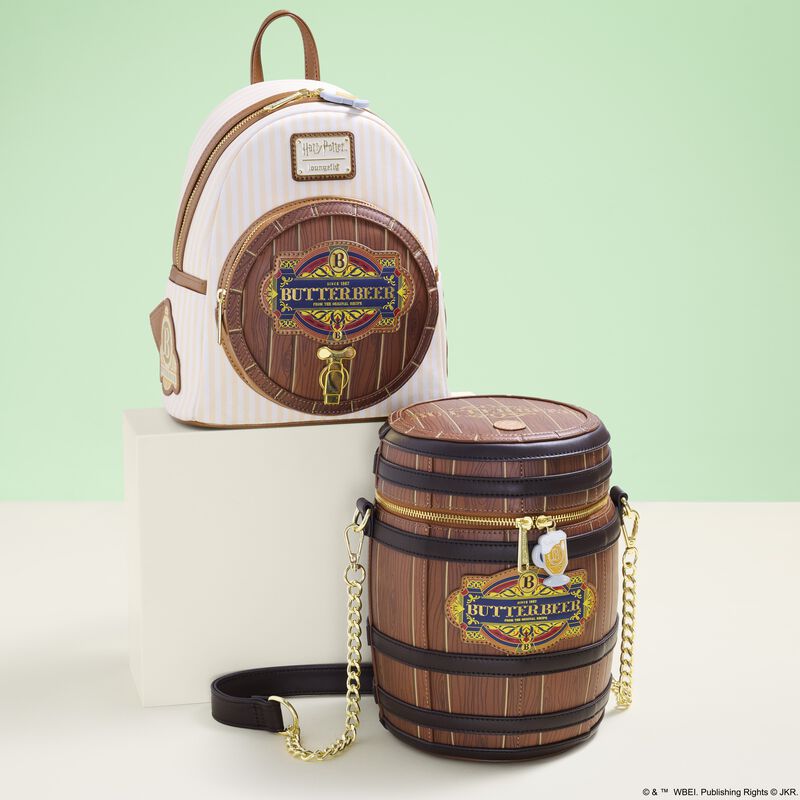Welcome back to this edition of “Gut Check Time.” This service is brought to those of you who are about to take an amazing journey to Walt Disney World this January to run in your first runDisney event. I’m talking of course about the Walt Disney World Marathon Weekend that includes a 5K, Half Marathon, Half Marathon Relay, and Full Marathon.
I’m here to prompt you to step back a bit and evaluate where you are and if you are satisfied with your progress to date and if, just if, you need to adjust your training schedule.
Now I am NOT a trained professional. I am NOT a running coach. My thoughts and advice stems from my experience from running for over 40 years and what I have learned from others and myself. Please take my words as just my humble opinion based on my observations over the years. I hope that you will find some of my words helpful”¦or at least encouraging.

So let’s talk to those of you who are doing your first 5K. By now you should be able to cover between 1.8 to 2.3 miles of the 3.1 miles you will be doing in January. That means you have just over two months to build up to another .9 to 1.3 miles. When you break that down, it means you need to increase your distance by about by as much as 220 yards per week which doesn’t sound so ominous when you think of it like that.
If you happen to already be doing that distance, well, CONGRATULATIONS. Keep up the good work and continue to work on your conditioning. You are on your way. Remember that the 5K, more so than any other WDW Marathon Weekend race, is filled with fun and good times and no one should feel any stress when doing this race”¦so look forward to the fun.

When we look to the Half Marathon and Half Marathon Relay we of course are looking at a distance of 13.1 miles. At this point in your training you should be somewhere in the vicinity of at least 7.8 miles or greater. Over the next two months you should be working on stretching that mileage out in a safe manner. With ten weeks to go that means you don’t necessarily have to be able to cover 13.1 miles in your training”¦but you may want to consider getting into the double-digit distance sometime in December. This could mean doing something as simple as adding 3-5 minutes to each workout from this point on. You don’t want to overdo it. You want to build up your stamina slowly and steady.

The 26.2 miles that awaits everyone in January requires a bit more training. By now you should be doing long runs that are in the 13 to 15 mile range and recognizing what works for you in terms of how you spread out your energy. As a first-time marathoner your primary goal should be to finish and not be concerned about your pace (more on that later) and focus on finishing and finishing healthy. When you begin to approach the higher teen distances your mental discipline becomes more of a participant in this challenge. It’s important to, like all athletes, understand your body and not to push too fast. Each individual must listen to his/her body and respect what they hear. Over the next two months listen more and gradually build.
The Matter of Pace
I’ve always heard and also felt that pace comes after stamina. By now, regardless of what distance you are doing on WDW Marathon weekend, you should have reached a stamina level that will now allow you to focus on pace.
It’s important for all first time runners to focus on finishing and finishing healthy. Of course the minimum pace requirement of 16 minutes per mile is something that cannot be ignored. If you are struggling with that threshold then now is the time to address that issue. Think about how best to spread out your energy over the length of your race. It’s important to maintain that 16 minute or better pace early on in your race as you can then put the extra time “in your pace bank.” For instance, if you do your first mile in 15 minutes then you have a “minute” deposit and you can use that later in the race. There are many ways to increase your pace. Some use the Jeff Galloway run-walk-run method, which helps to preserve energy later in the race when you need it. Others will run at their regular pace most of the race and once every several minutes run at a faster pace for a set time before dropping back into their regular pace. Now is the time for you to experiment. It should not take long for you to figure out what works for you. If you intend to walk your race and struggle with the 16-minute requirement try adding some light jogging into your workouts.
Now that you have the stamina and have a good handle on covering the distance, you can now add the component of pace to your training.
Gearing Up
With the majority of your training behind you, by now you should have a pretty good idea regarding what you will be wearing on race day. Let’s go through the list:
– Running shoes are most important. Make sure they are comfortable
and broken in. Don’t bring new shoes to the race. Shoes should have
a few weeks of breaking in time before used in a race.
– Along with the shoes comes the importance of choosing the right
socks. By now you know what works for you and what makes your
feet happy. Stick with what brought you “to the dance.”
– Orlando weather in January is unpredictable so think about what you
would wear on a cold day, hot day, dry day, or wet day. Bring every
imaginable piece of running gear you feel you would need. Shorts,
tights, singlet, long-sleeved running shirts, and so on. Be prepared.
I’d also throw in a pair of running gloves just to play it safe.
– By now you may have decided if you will use a running belt in your
race. If so, start wearing it now when you train so you will get used to
it. Also understand what you will need to take along in that running
belt.
Running to the Beat
There aren’t that many people who DO NOT listen to music or podcasts when they run. At this point you hopefully have figured out what you want to listen to when you are out on the road. Now is the time to start toying with the playlist you will use for your race. Think about the type of songs and the sequence. For my first Walt Disney World Marathon I tried to arrange my playlist so that when I hit Main Street USA I was listening to the “Remember the Magic” Parade. It gave me a lift. I also arranged my list so that I would be listening to Tapestry of Dreams as I approached EPCOT. Music may be just as important as those water stops to get you through your race.
Homework Assignment
Okay, gut check time is over. I’m thinking our last gut check session will take place just after Thanksgiving.
Here’s your homework:
– Build up your distance so that by early December you can say you
can cover somewhere between 80-85% of your race distance.
– If you are currently struggling with that 16-minute per mile pace
requirement then begin playing with methods to help you increase
your pace.
– Experiment with running gear, not shoes but everything else so that
you are comfortable with whatever you have to run in come January.
Most importantly, continue to build confidence and be careful not to
over train.
See you on the road.






















Thanks for the check up–I’m not planning on running this year, but next. I hit a wall this week when a race I was planning to run was much colder than expected and I didn’t have the gear to keep warm–not to mention never having done any cold weather running. The weather all summer had me running in plus 85 degree temps. Cold weather brings on my asthma issues and I just couldn’t do it this week. Thanks for giving me some insight to keep going.